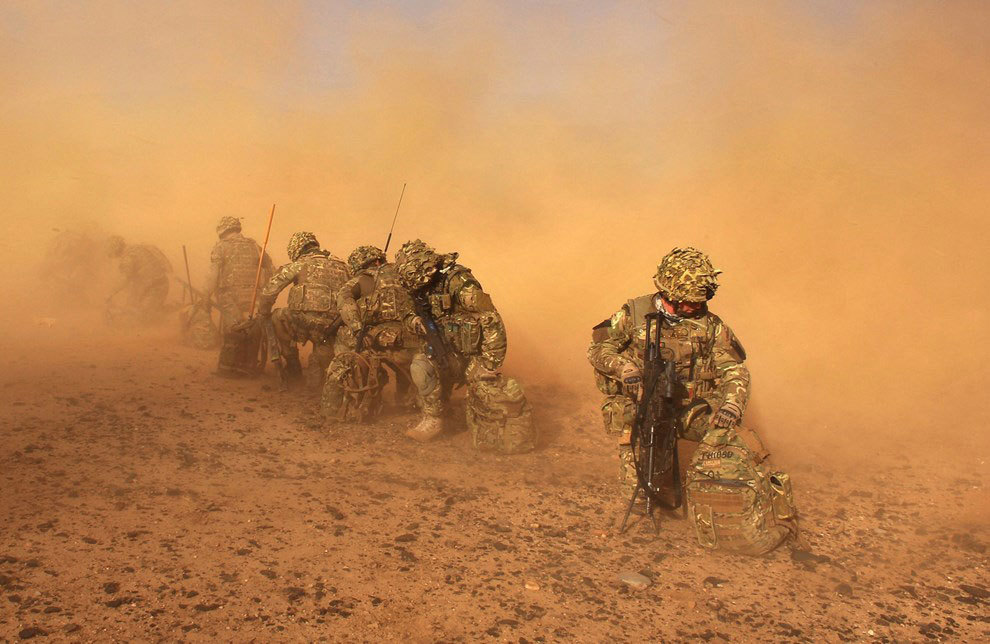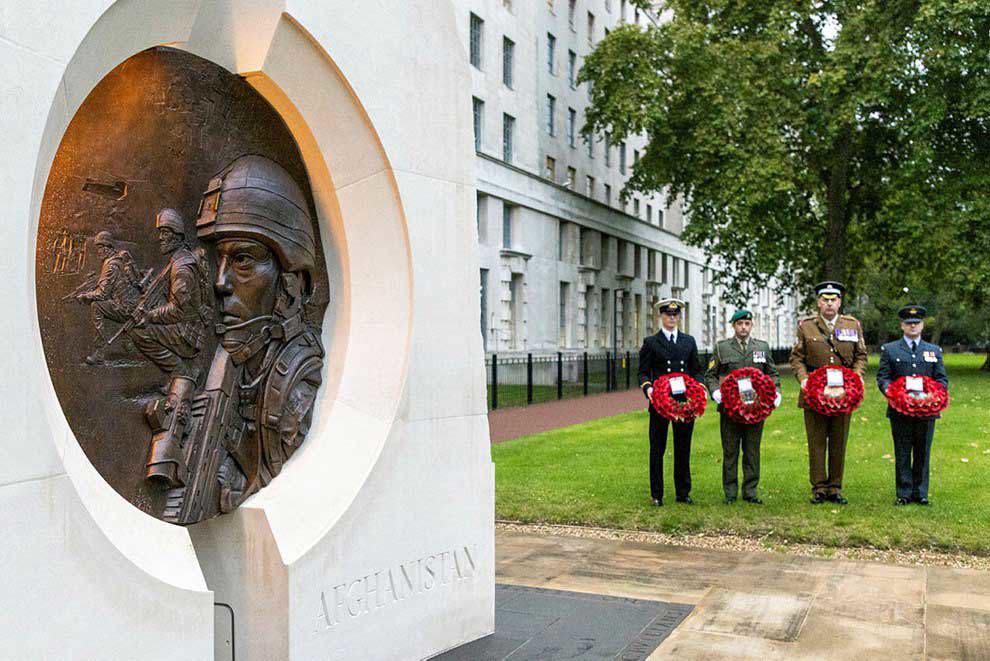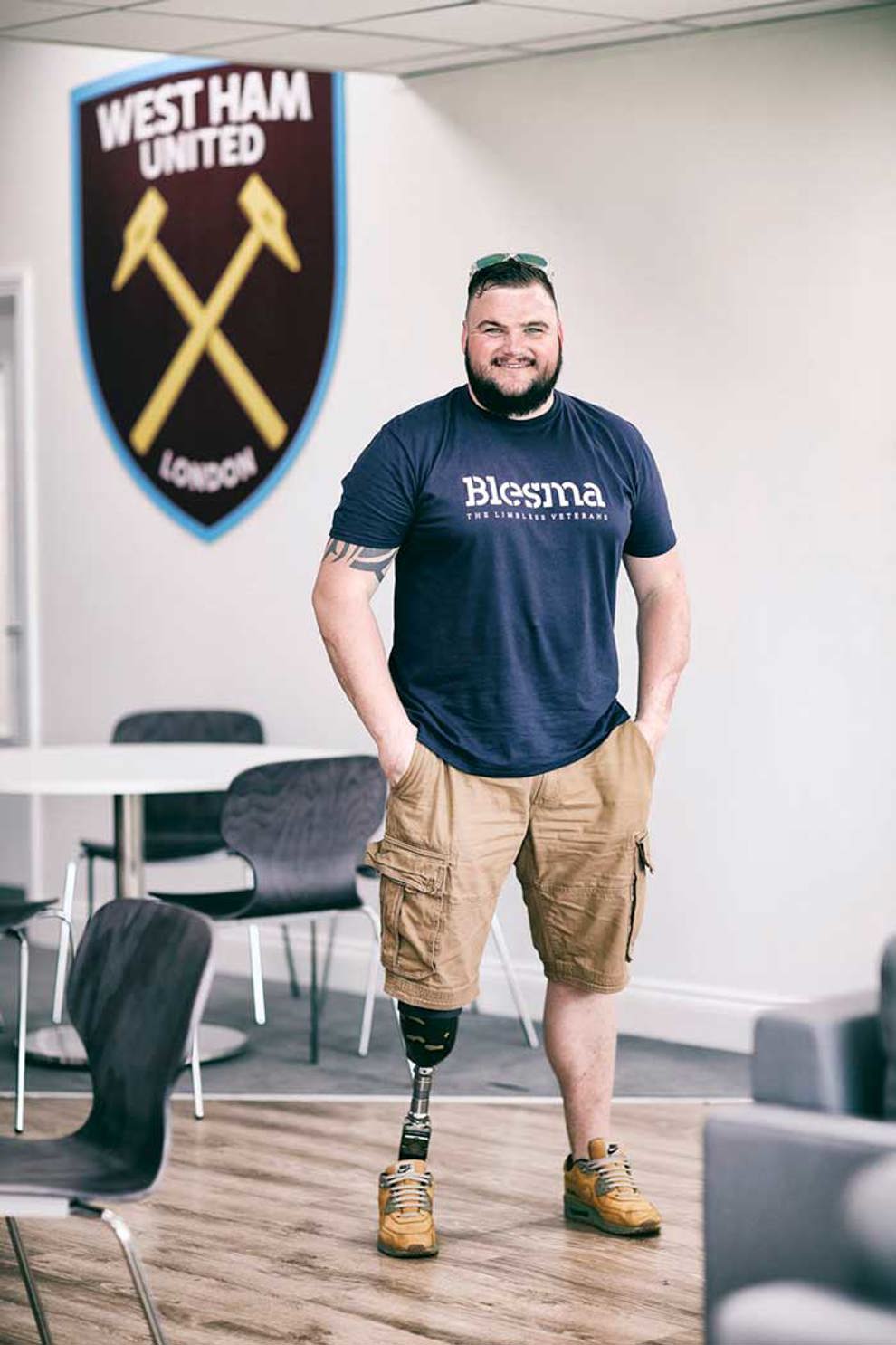This year marks two years since NATO Allied forces left Afghanistan. The Afghanistan War officially began on October 7th in 2001, which has now been pinpointed as the date to recognise the anniversary of the Afghanistan War and commemorate the fallen.
The Afghanistan War went on to be one of the longest wars in modern history. After 13 years, the UK Armed Forces ended combat operations in Helmand, Afghanistan on October 26th, 2014 – transferring security over to the Afghan National Army. Despite this, a number of NATO allies including the United States and Britain stayed stationed in Afghanistan, in an effort to maintain stability and reduce the risk of terrorist attacks, up until August 30th, 2021.
The Afghanistan War Timeline
What Caused The Afghanistan War?
The Afghanistan War was triggered by the September 11th terrorist attacks on the World Trade Center in New York City and the Pentagon building, on the outskirts of Washington D.C.
The 9/11 attacks were orchestrated by the extremist group; Al Qaeda. On one single day, 9/11 led to the loss of 2,996 lives. The United States couldn’t sit back and risk another significant terrorist attack on its home soil. The United States, alongside an international coalition – including Great Britain, decided to swiftly invade the unstable country of Afghanistan.
The main aim of the war was to eradicate Al Qaeda, its leader Osama Bin Laden, and motivate the replacement of the Taliban – who were sheltering the globally feared terrorist organisation.
The Afghanistan War officially started on October 7th, 2001, with the use of airstrikes by the U.S military on Taliban and Al Qaeda safehouses.
Paratroops and ground troops followed closely behind, forcing the Taliban to retreat from the country’s capital; Kabul, heading into the mountains and neighbouring countries including Pakistan.

IED Attacks In Afghanistan
Improvised explosive devices, abbreviated to IEDs, became synonymous with the Afghanistan War.
As the war continued, with the Taliban suffering major losses, the Taliban significantly increased their usage of IEDs against opposition forces in vehicles and on foot patrols. They were often placed by the roadside or used in suicide attacks to catch troops by surprise. In many cases and even today after the Taliban takeover, civilians were the main casualties.
Due to the brutal nature and shrapnel effect of IEDs, many victims during the war suffered severe injuries, which often resulted in the amputation of limbs and symptoms of post-traumatic stress disorder (PTSD).
It’s estimated that IEDs resulted in 222 UK Armed Forces fatalities, which constituted towards 49%* of all British military deaths in Afghanistan.
Afghanistan War Casualties On Both Sides
There were 457 British troop deaths throughout the Afghanistan War. There were a total of 7,807 British military hospital admissions, with around 28% of these admissions due to conflict wounds.
With a much heavier presence in Afghanistan, the U.S. government reported over 2,400 U.S. military deaths, and over 3,400 U.S. contractor deaths.
The Taliban, Al Qaeda and other opposition forces lost over 51,000 fighters in combat.
As a result of modern warfare tactics, with the heavy involvement of IEDs and airstrikes, it’s estimated more than 46,000 civilians were killed over the 20-year long conflict in Afghanistan.
How The 20-year Long War Ended
Due to the re-emergence and political takeover of the Taliban in Afghanistan – Britain, the US and other NATO troops were forced to leave the country by August 31st, 2021. In total, the Afghanistan War lasted for 20 years.
How The Afghanistan War Is Commemorated Today
In the United Kingdom, wreath-laying ceremonies are held throughout the country to remember those who lost their lives and were injured during the Afghanistan War.
Many British troops who returned home from the wars in Afghanistan and Iraq suffered lasting physical injuries and PTSD.

According to the UK government, between 2015 - 2020, there were 302 UK service personnel who returned with injuries that included a traumatic or surgical amputation. Many of these traumatic injuries were caused by the devastating explosive impact of IEDs.
The loss of a limb can be life-changing, but at Blesma, we enable limbless veterans to lead independent and fulfilling lives, offering financial and emotional support to them and their families.
Stories from the Afghanistan War
Martin’s Story
Captain Martin Hewitt was on his third tour of Afghanistan in 2007 when he was hit by machine gun fire. The bullet severed his brachial artery which resulted in his right arm becoming paralysed, and devastatingly ending his military career.
After returning back home to the UK and adapting to life with the use of one arm, Martin turned his focus onto sport. He went on to take part in the Explorers’ Grand Slam, a physically and mentally demanding challenge which involves summiting the highest peak on every continent. If that doesn’t sound gruelling enough, he also successfully completed walking unsupported to the North and South Poles.
Read more about Martin’s story >


Matty’s Story
Matty Woollard was on his first tour in Kajaki, Afghanistan with the Royal Anglian Regiment when he stepped on anti-personnel mines. Due to his significant injuries, he lost his right leg, as well as suffered burns to his hands, arms and a severe injury from his left knee to his belly.
Gradually, over time, Matty was able to adjust back to civilian life, rebuild his health and fitted with a prosthetic leg.
With the support of Blesma, Matty entered the Nuclear Races in 2017. Alongside other wounded Veterans, Matty successfully completed the 7K race, which features gruelling obstacles on a very slippery and muddy course.
Read more about Matty’s story >
Support Our Work
Blesma is committed to helping its Members live independent and fulfilling lives after suffering the loss of limbs, use of limbs, sight, speech or hearing.
Without your support, Blesma wouldn’t be able to help Afghanistan Veterans who’ve lost limbs as a result of being stationed in a warzone.
Since 1932, Blesma has worked tirelessly to provide practical, emotional and financial support to injured military personnel, their families and widow(er)s as they rebuild their lives.
We can help
We are dedicated to assisting serving and ex-Service men and women who have suffered life-changing limb loss or the use of a limb, an eye or sight. We support these men and women in their communities throughout the UK. Click the link below to find out the different kinds of support we offer.
Get Support